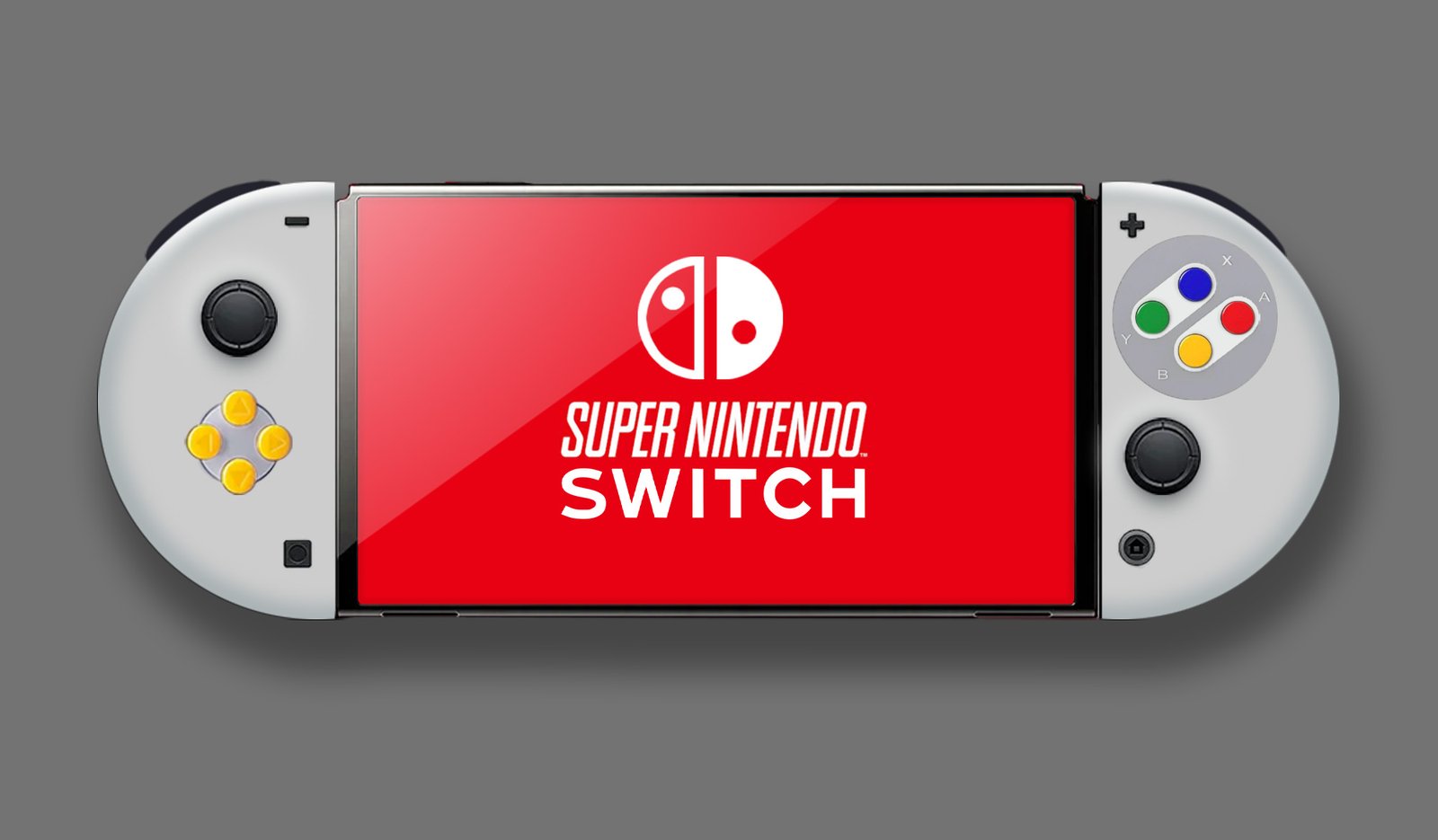The "modern and customized" aspect is what makes getting a correct emulator so difficult. Lots of reverse engineering, just painful memory poking and documenting and trial and error.
The "size" is what makes a performant emulator so difficult. The bigger the base machine, the more horsepower you need to get it up and running. And these two things - correctness and performance - exacerbate each other. The smaller the gap between the original machine and your machine, the more clever (and hacky) optimization tricks you need. But the more of those tricks, the harder and harder it is to guarantee that the emulation is accurate - and if the system is complex, the harder it is to make accurate, and the more that accurate matters.
Switch NG emulation will have a significant leg up, just because so much of existing emulation will still be usable - the CPU, the GPU, and the OS will all be descended from what's in Switch, so the existing emulators can be used as a base. And despite the huge leap in power, it's still a tablet, so throwing 12 core CPUs with RTX 5090s at the problem for the first few years is still a little viable.
But a lot comes down to how rapidly the system is cracked. If system security holds up for a while, it can slow initial emulator development down a lot. Emulators kind of need to hit a critical mass. With enough functional games, people start using them and uncovering bugs and edge cases, which feeds back into improving the emulator, which brings in more users (and developers). Because Switch emulation was very good during the Switch generation itself, it brought in a lot of eyeballs. Yuzu was getting to partially playable state within 18 months of Switch launch
If Switch NG is uncracked for years, needs Nvidia hardware to run, etc - it won't stop emulation from getting there, but it could keep it a decade out. Which is likely Nintendo's goal, to prevent emulation from making commercial games playable on the day they're released.



